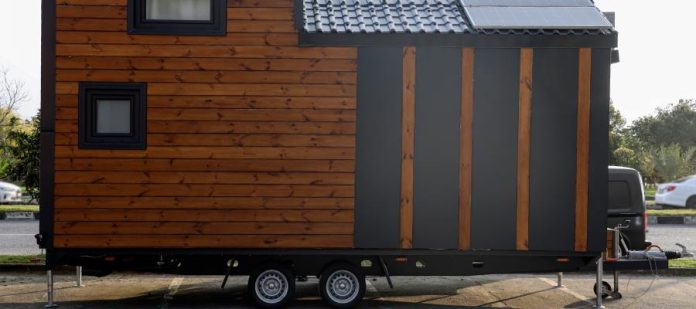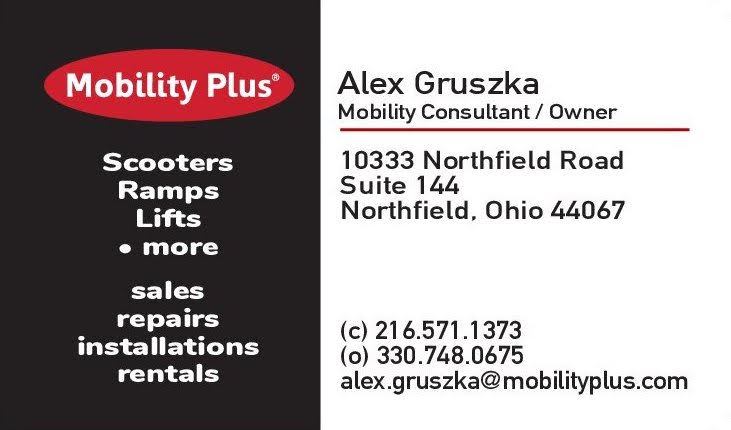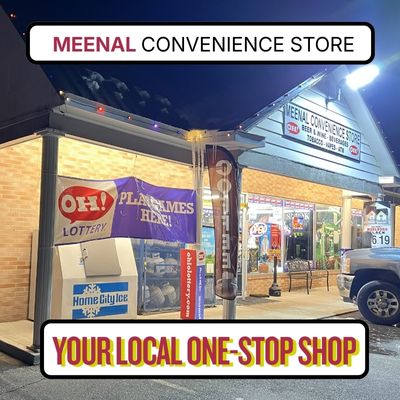Moving your life to a new town is a big project, but moving your entire house along with you adds another layer of complexity. The freedom of a tiny house on wheels is a major part of its appeal, yet the logistics of a long-distance move require careful planning. Before relocating your tiny house, here’s what you should know first.
Check Local Zoning and Building Codes
Before you even think about hitting the road, you need to investigate your destination. Zoning laws, building codes, and specific ordinances for tiny houses vary dramatically from one municipality to another, especially in smaller towns. Contact the local planning or zoning department to understand the rules for placing your home, connecting to utilities, and any long-term parking regulations.
Plan Your Route Carefully
A standard GPS route won’t cut it for a tiny house. You need a path that accommodates the height, width, and weight of your home. Look for potential obstacles like low bridges, narrow roads, steep grades, and weight-restricted bridges. Specialized RV or truck routing apps or professional services can be extremely helpful for planning a safe and legal journey.
Consider the Season
Weather plays a significant role in a successful move. You’ll want to consider the best time of year to move a tiny house to avoid hazards like snow, ice, or extreme heat. Harsh weather can affect road conditions and your personal comfort. A move in the spring or fall often provides the most favorable weather window.
Prepare Your House for Travel
Securing your home for transport is critical. Inside, you must batten down everything that can shift, break, or fall. Empty your water tanks, disconnect utilities, and secure all cabinets and drawers. On the outside, check your tires, brakes, and signal lights. Perform a thorough inspection to make certain the structure is road-ready.
Understand the Legal Requirements
You will likely need special permits to move an oversized load, which a tiny house often qualifies as. These permits may be required at the state and, sometimes, county levels. Additionally, you may need specific insurance coverage for the move itself. Contact the Department of Transportation in each state you’ll travel through to obtain the required permits and information.
No two moves look exactly alike, and each tiny house journey brings its own surprises. If you keep in mind what to know before relocating your tiny house, you’ll be ready to embrace every new experience along the way.
























